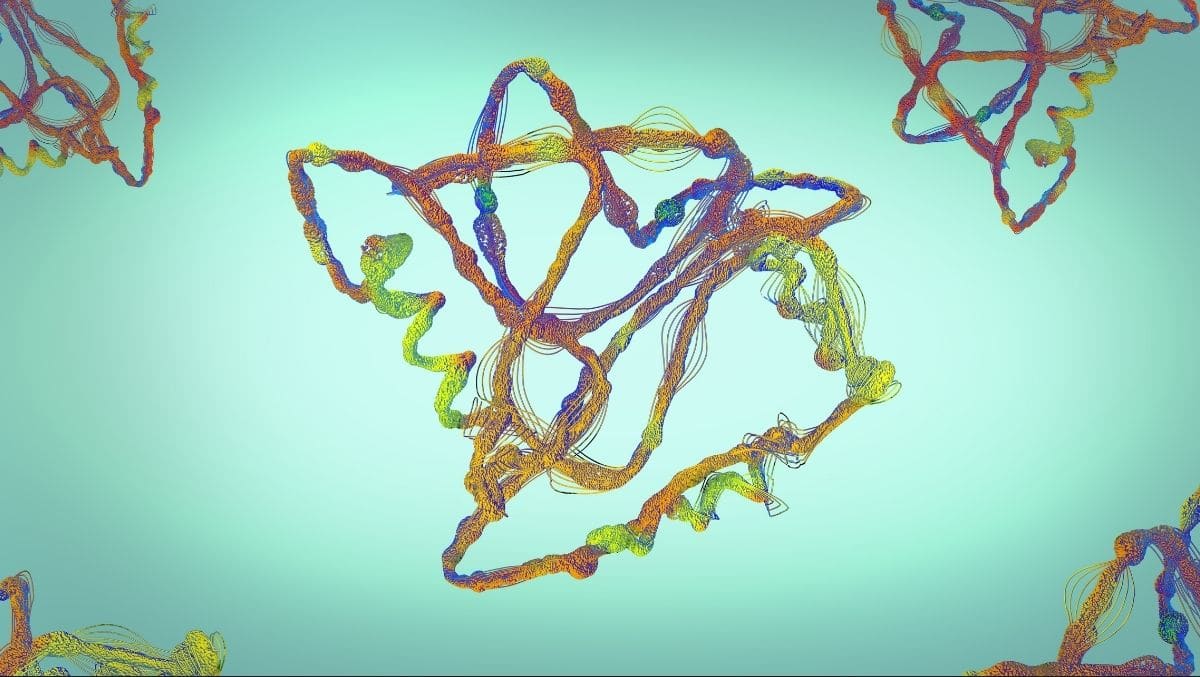Genetic mutations are one of the most common causes of serious diseases. When genes are mutated it can affect the function of proteins which oftentimes leads to disease. Proteins play a vital role in the body and when they are absent or dysfunctional, it can cause negative downstream effects.
What is a protein?
Thousands of different proteins are the workhorses of our cells, allowing the human body to perform every daily task that begins at the cellular level. Impressively, these proteins are created from various combinations of the same 20 building blocks, or amino acids. Polypeptides, or long chains of amino acid building blocks, determine what the final structure and eventual function of a protein will be. The instruction manual for the building block order is found within our genes. This manual is eventually translated by cellular protein factories, that turn our genetic code into a chain of building blocks.
How does protein folding work?
A complex network of machinery in factories within our cells synthesizes and folds every single protein into unique shapes that allow specific functions. This network is made up of protein chaperones that oversee/supervise folding, the same way a chaperone oversees students on a school trip, to help the process run smoothly. Let’s use an analogy of students standing in line as we go through the folding process. The protein’s primary structure is simply the chain of building blocks mentioned above. We can envision this as students standing in line. Next, the building blocks can interact with each other through various bonds to create secondary structures that like beta-sheets (pleated folds), or alpha-helices (coils). Now, the students are interacting in various ways: some are hugging, some may be holding hands while others are just touching the shoulder of another with their fingertips. Every iteration of these interactions will cause a change in how the line of students appears from above.
Similarly, combinations of different connections and secondary structures create the 3-dimensional final globular shape of a protein that is necessary to fulfil their jobs within our cells. But, proteins don’t always get it right.
What happens when protein misfolding happens, when protein folding goes wrong?
Despite the presence of a complex system that oversees protein folding, not every protein passes quality control. Cells have evolved strategic plans to prevent the improperly folded proteins from clogging up the cellular environment. Sometimes, chaperones can correct improper folding while proteins are being synthesized. This allows proteins to be salvaged and moved elsewhere in the cell to perform specific tasks, but misfolded proteins will be unable to function properly. Most of the time, quality control systems catch a misfolded protein and mark it with a flag to be destroyed. Unfortunately, it is possible to have disorders that cause proteins to misfold, and stay misfolded, leading to malfunction within our cells and the presentation of many disorders. Many improperly folded proteins are enzymes related to mutations in genes that increase the probability of misfolding. An example of this scenario is Gaucher disease which is caused by mutations in the GBA1 gene leading to deficiency in the glucocerebrosidase enzyme that breaks down fatty substances.
In other cases, there are proteins like α-synuclein that have a high probability of misfolding. This allows proteins to escape the quality control machinery within the cell, forming piles of sticky protein aggregates. Our cells struggle to break the aggregates apart which only leads to further functional problems in our cells or the affected organ. Parkinson’s disease, Alzheimer’s disease, and even type II diabetes are caused by this mechanism and are known as protein misfolding disorders. Some of these diseases occur in the absence of predisposing conditions like genetic mutations, but many become more likely when mutations are present in the disease-causing protein or a related enzyme. For example, α-synuclein can misfold causing Parkinson’s disease, but the likelihood of this occurring is increased when paired with a mutation in the glucocerebrosidase enzyme.
Can protein misfolding diseases be treated?
Many protein misfolding disorders are handled by treating the symptoms instead of the specific cause, but many scientists around the world are working to find treatments that can modify disease. Technological advancements, like AlphaFold, can predict protein structures and can be harnessed to help engineer potential treatments for protein misfolding diseases. As we begin to understand more about protein folding and misfolding, we can better design effective therapeutics.
How is Gain Therapeutics targeting protein misfolding diseases?
Gain Therapeutics is focused on targeting misfolded proteins with small molecules that bind to allosteric sites and restore the protein to the correct conformation. These small molecules are known as Structurally Targeted Allosteric Regulators or STARs. The mechanism of action is similar to that of a traditional pharmacological chaperone, which binds to misfolded proteins, restores folding, and allows them to traffic through the cell correctly. The main difference with Gain’s approach is that unlike pharmacological chaperones which target active sites, Gain targets allosteric sites which leaves the active site open for wild type binding.


